China’s industrial sector has shown a surprising recovery in the first quarter of 2025, with profits growing year-on-year for the first time since the third quarter of 2024. According to data released by the National Bureau of Statistics (NBS), cumulative profits of industrial firms rose by 0.8% to 1.5 trillion yuan ($205.86 billion) in Q1, reversing the 0.3% decline seen in the first two months of the year. While this growth indicates resilience, it comes amid an increasingly hostile global trade environment and lingering economic pressures at home.
A Fragile Recovery Amid Trade Tensions
The improvement in industrial profits offers a glimmer of hope for the world’s second-largest economy. However, the backdrop remains fraught with challenges. The ongoing trade war with the United States, which has seen tariffs on Chinese goods raised by as much as 145%, continues to weigh heavily on the country’s export-driven industries.
Washington’s aggressive tariff policies have frozen key segments of China’s export market, forcing Beijing to encourage exporters to pivot toward domestic markets. Yet, weak local demand, price wars, and low-profit margins have hindered many businesses from finding viable alternatives.
Yu Weining, a statistician at the NBS, acknowledged the complexity of the external environment, stating that “unstable and uncertain factors” are increasingly impacting the economy. The government, he added, is committed to strengthening policy implementation to support growth and improve corporate profitability.
Sectoral Highlights: Consumer Goods Drive Growth
The first quarter’s profit rebound was buoyed by specific industries, particularly those linked to consumer goods. A government-backed trade-in campaign for consumer electronics spurred significant growth in the wearable smart device manufacturing sector, where profits soared by 78.8%. Similarly, profits in the household kitchen appliance sector rose by 21.7%.
These gains reflect the success of targeted stimulus measures aimed at boosting consumption and fostering innovation. However, other sectors did not fare as well. State-owned enterprises saw profits dip by 1.4%, while private-sector firms experienced a 0.3% decline. In contrast, foreign-invested firms recorded a modest 2.8% profit gain, demonstrating their relative insulation from domestic economic challenges.
Macroeconomic Context: Growth Versus Deflation
China’s broader economy also delivered stronger-than-expected growth in the first quarter, supported by government stimulus measures aimed at boosting consumption and investment. However, this growth has not translated evenly across the economy. Deflationary pressures persist, eroding corporate profits and workers’ incomes.
The profit gains in March, which rose by 2.6% year-on-year, mark a significant turnaround from the 3.3% decline in 2024. Yet, analysts caution that the recovery remains precarious. Many firms are grappling with rising input costs, weak demand, and payment delays, particularly in the domestic market.
Policy Responses and Outlook
Beijing has signaled its intent to address these challenges through a combination of monetary and fiscal measures. Last week, the Communist Party’s Politburo pledged to deploy new monetary tools and policy financing instruments to support innovation, consumption, and foreign trade. The government also promised additional support for workers and businesses most affected by U.S. tariffs.
Nevertheless, structural issues persist. Export-reliant factories continue to face significant headwinds, and domestic demand remains insufficient to fully offset the loss of external markets. While the first-quarter profit rebound is encouraging, sustained growth will depend on the government’s ability to navigate these challenges effectively.











